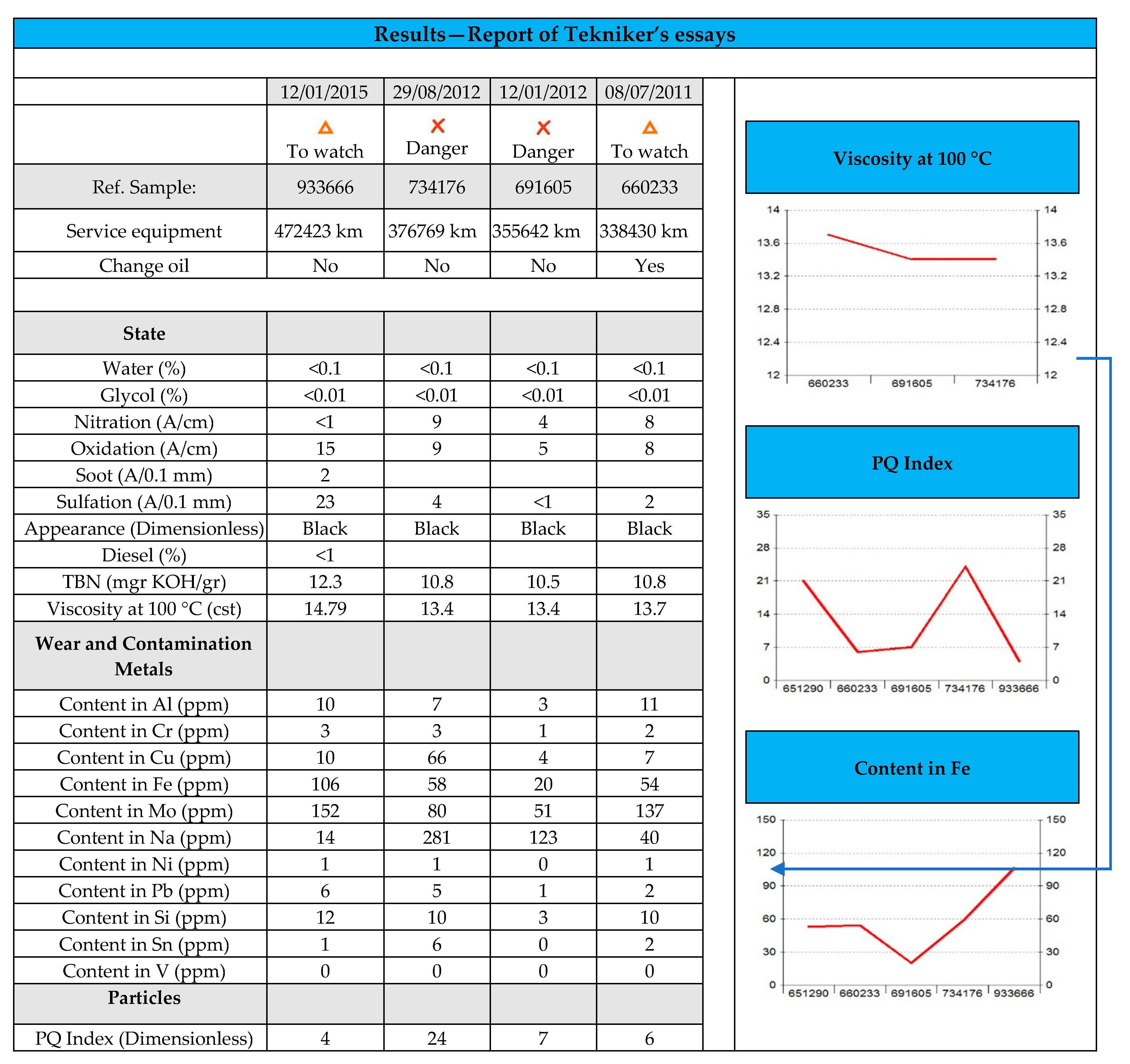Changing the engine oil in your vehicle is a crucial maintenance task that can help prolong the life of your engine and ensure optimal performance. In this essay, we will provide a comprehensive summary of the steps involved in changing engine oil, along with some essential tips to make the process smoother and more efficient.
Step 1: Gather Your Supplies
Before you begin the oil change process, make sure you have all the necessary supplies on hand. This includes a new oil filter, the correct type and amount of engine oil recommended for your vehicle, a wrench or socket set, an oil filter wrench, a drain pan, and some gloves to protect your hands.
Step 2: Prepare Your Vehicle
Park your vehicle on a level surface and allow the engine to cool down for a few minutes. It is essential to work on a level surface to ensure that the oil drains properly. Engage the parking brake and chock the rear wheels to prevent any accidental movement of the vehicle during the oil change process.

Credit: www.mdpi.com
Step 3: Drain the Old Oil
Locate the oil drain plug underneath the vehicle. Place the drain pan underneath the plug and use the wrench to loosen the plug. Be careful as the oil may be hot. Allow the old oil to drain completely into the pan. Once the oil has drained, replace the drain plug securely.
Step 4: Replace the Oil Filter
Locate the oil filter, which is typically found near the oil pan. Use the oil filter wrench to remove the old filter. Before installing the new oil filter, make sure to lubricate the rubber gasket with some fresh oil. Install the new filter by hand and tighten it according to the manufacturer’s instructions.
Step 5: Add New Oil
Locate the oil filler cap under the hood of your vehicle. Remove the cap and insert a funnel into the opening. Slowly pour in the new engine oil, using a dipstick to check the oil level periodically. Be sure not to overfill the engine with oil, as this can cause damage.
Step 6: Check the Oil Level
After adding the new oil, start the engine and let it run for a few minutes. Turn off the engine and wait for a few minutes to allow the oil to settle. Use the dipstick to check the oil level and ensure that it falls within the recommended range. Add more oil if necessary.
Step 7: Dispose of the Old Oil Properly
It is crucial to dispose of the old oil and filter properly. You can take them to a recycling center or an auto parts store that accepts use oil for recycling. Do not pour the old oil down the drain or throw it in the trash, as this can harm the environment.
Step 8: Record the Oil Change
Keeping track of when you last changed your oil is essential for maintaining your vehicle’s health. Make a note of the date and mileage at which you changed the oil in a logbook or on a maintenance app. This record will help you stay on top of your vehicle’s maintenance schedule.

Credit: www.sciencedirect.com
Frequently Asked Questions
How Often Should You Change Your Engine Oil?
It’s recommended to change your engine oil every 5,000 to 7,500 miles.
What Type Of Engine Oil Should I Use?
Check your vehicle owner’s manual for the recommended oil viscosity and type.
Can I Change My Engine Oil Myself?
Yes, you can change your engine oil yourself by following the steps in the owner’s manual.
What Tools Do I Need To Change My Engine Oil?
You’ll need an oil filter wrench, drain pan, funnel, and the correct amount of oil.
Conclusion
Changing your engine oil is a simple yet essential task that can have a significant impact on your vehicle’s performance and longevity. By following the steps outlined in this essay and adhering to the manufacturer’s recommendations, you can ensure that your engine runs smoothly and efficiently for years to come.
Read More: When to Change Engine Oil in Petrol Car: Essential Tips
